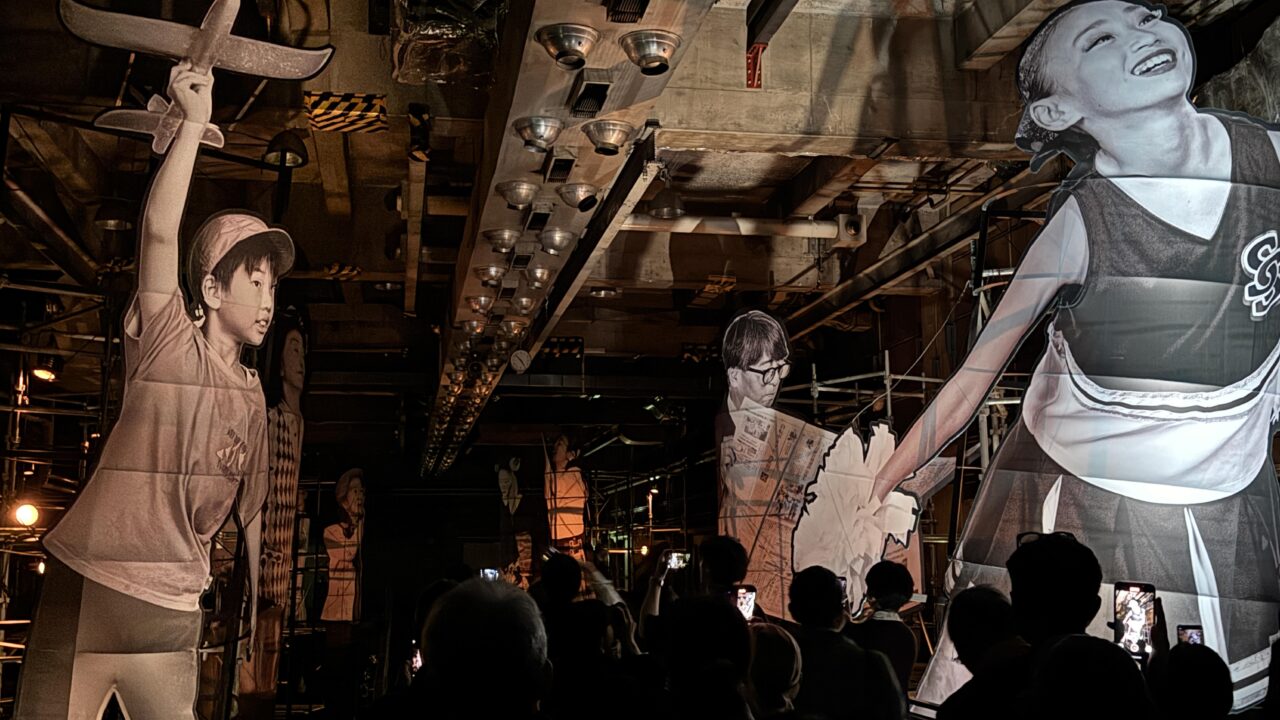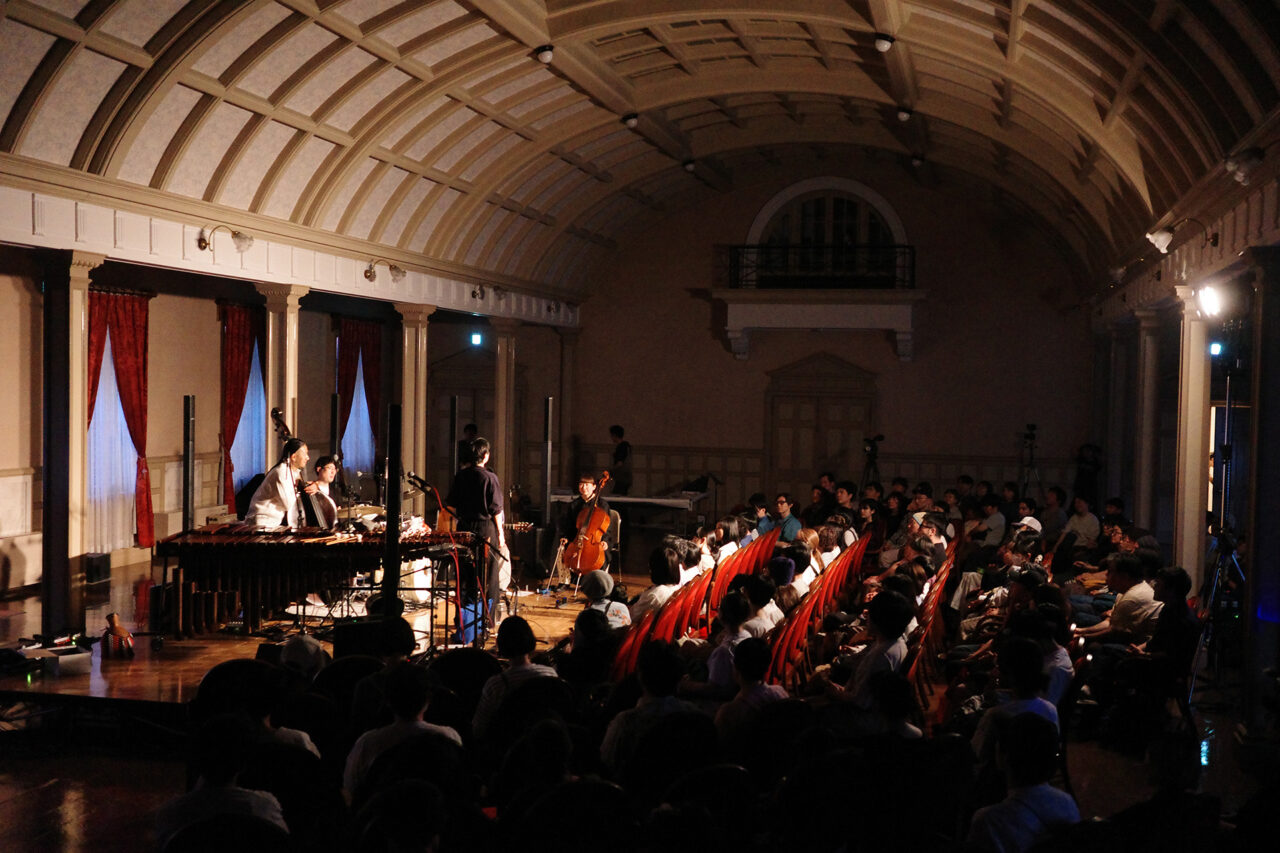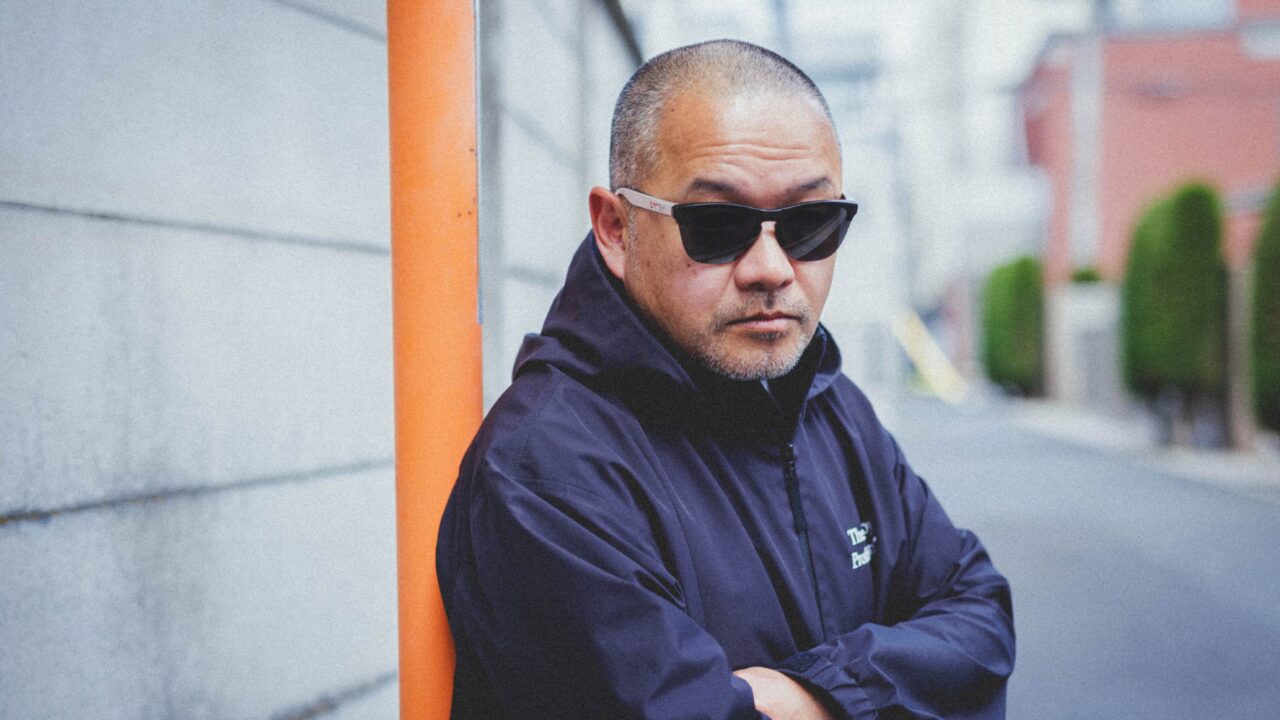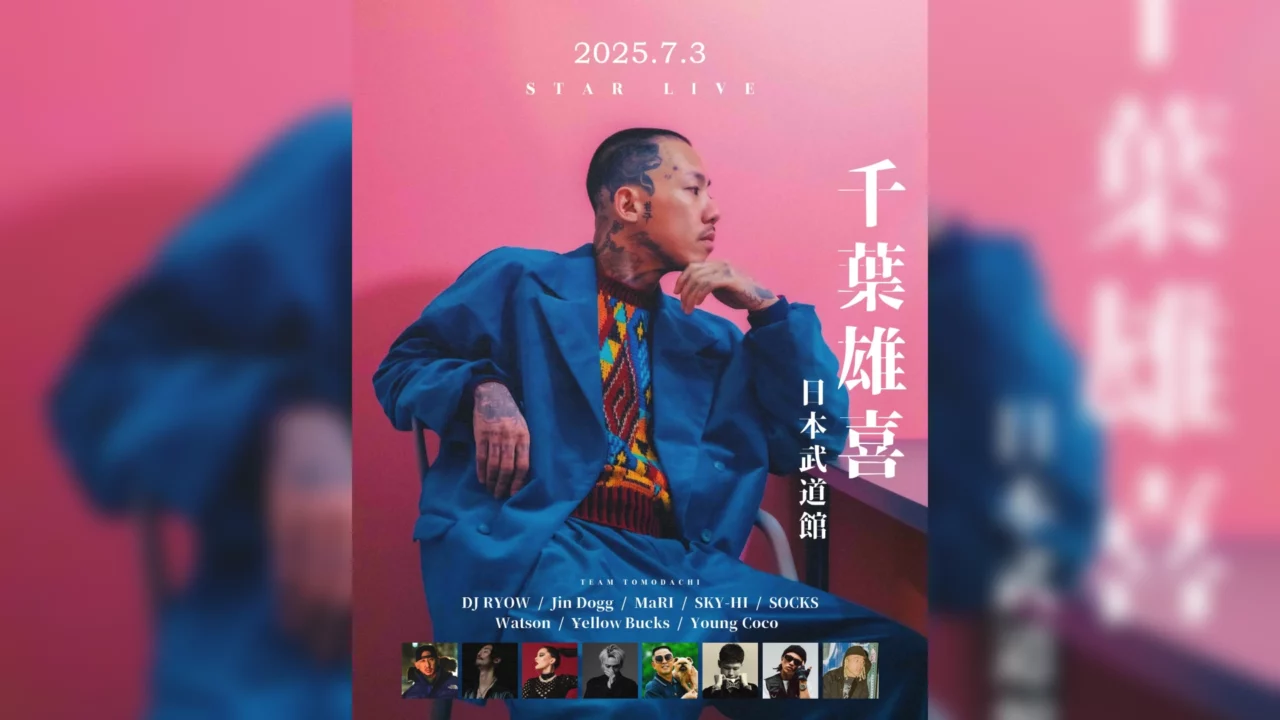The highly anticipated Korean indie band OBSG (O-Ban-Sing-Gwa) is making their first appearance in Japan. Even with indie artists from across Asia regularly performing in Japan, it’s truly remarkable that a large ensemble of ten members is making the trip. This can be described as nothing short of a miraculous debut.
The central figure is Lee Heemoon, a singer of Gyeonggi folk music and an unconventional figure in the Korean indie scene. He previously gained international attention as the frontman of the folk group SsingSsing, which appeared on NPR’s popular “Tiny Desk Concert.” Since the group’s disbandment, he has been involved in various projects, including a recent performance in Japan with the three-member jam band CADEJO. OBSG is a project of Lee Heemoon, and their debut in Japan will feature their latest release, “SPANGLE.”
Overseeing the band’s musical aspects is bassist Noh Seon-teck. He also leads NST & THE SOUL SAUCE, a band that mixes traditional Korean folk performance pansori with dub and reggae, and has performed at the FUJI ROCK FESTIVAL.
In anticipation of OBSG’s debut in Japan, a roundtable discussion with the Minyo Crusaders, who also work with folk music, has been organized. The participants include Lee Heemoon and Noh Seon-teck from OBSG, and Freddy Tsukamoto, Katsumi Tanaka, and Koichiro Osawa from the Minyo Crusaders. In today’s increasingly globalized music scene, how are OBSG and the Minyo Crusaders approaching and expressing the roots music of folk?
INDEX
Cultural Encounters: Folk Music Traditions of Japan and Korea
Did you know about the Minyo Crusaders?
Lee Heemoon: Of course, we do.
Noh Seon-teck: I knew about them too.
Tanaka: Thank you [laughs].

Formed around guitarist Katsumi Tanaka, who lives in Fussa, a town near Yokota Air Base in western Tokyo, and folk singer Freddy Tsukamoto. The band experiments with the fusion of various global dance music genres such as cumbia, beguine, boogaloo, calypso, afrobeat, rumba, and reggae with the traditional and increasingly rare Japanese folk music. They released their debut album, Echoes of Japan, in 2017 and performed at the FUJI ROCK FESTIVAL the following year. Since 2019, they have conducted numerous international tours. In 2023, they released their long-awaited second album, Tour of Japan, after six years. Starting in July 2024, their song “Chii Awase Ondo” will be featured on NHK’s music segment Tensai Terebikun (MTK), with broadcast and streaming beginning.
Minyo Crusaders Official Website
Lee Heemoon: Even though the countries are different, there is a common ground in our dedication to folk music. I also feel a sense of affinity in how you’re presenting it as contemporary music and aiming to enjoy it with modern audiences.
Noh Seon-teck: I have a basic respect for bands that have been active in Japan for a long time, but I’ve particularly been interested in the Minyo Crusaders because of their incorporation of South American musical nuances. It’s different from the usual music based on existing recipes.

OBSG is a band consisting of Lee Heemoon, a Gyeonggi folk music singer who gained international attention in 2017 as the first Asian performer on NPR’s popular “Tiny Desk Concert,” and Noh Seon-teck, the bassist and central figure of the roots reggae band NST & The Soul Sauce, which has performed at Fuji Rock. The band also includes a duo of singers, NomNom, bringing the total to ten members. OBSG creates a psychedelic “neo-folk” world by seamlessly blending traditional folk music with reggae, dance music, funk, rock, and blues. They will be making their debut performance in Japan in September 2024, featuring their latest album, SPANGLE.
How did Tanaka and Freddy perceive Lee Heemoon and his group?
Tanaka: Heemoon appeared on the “Tiny Desk Concert” with his previous band SsingSsing. SsingSsing had an eccentric visual style, so at first glance, I didn’t feel that they were doing the same thing as us. However, I thought, “Interesting people are emerging.” It’s fascinating to see how people from around the world are engaging with their roots music in new ways, and it’s exciting to see that there are such people in Korea as well.
Freddie: I’m quite unfamiliar with music in general… so I didn’t know about Heemoon and his group.
I’d like to ask about everyone’s relationship with folk music. Heemoon, your mother is a Gyeonggi folk music singer, right? How did young Heemoon feel about the folk music your mother sang?
Lee Heemoon: My mother had been singing folk music long before I was born, so for me, it was as natural as the air around me. I was surprised to learn that folk music was considered something rare by my classmates. To me, folk music is my mother.
When you were a child, was folk music no longer part of everyday life?
Lee Heemoon: That’s right. I was born and raised in Seoul, where I wasn’t exposed to folk music. My uncle lived in Ilsan, Gyeonggi-do, which still had a rural atmosphere at that time, and I remember that folk music was still being sung there.
How did Freddy and Tanaka perceive folk music when they were children?
Freddy: I didn’t hear folk music at all when I was a child, except for at local bon dances. My interest in folk music only developed when I was an adult. I happened to hear folk music by chance and was so surprised, thinking, “What is this!” That’s when I became deeply fascinated by it. I originally came to Tokyo to become a jazz vocalist, but I switched to folk music instead!
Tanaka: Like Freddy, I also became interested in folk music as an adult. Until then, I only heard famous folk songs on TV or at bon dances. As Heemoon mentioned, it seems that folk music is taught in schools in Korea, but that wasn’t the case for me.


How about you, Seon-teck? Did you have any exposure to traditional music like folk music when you were a child?
Noh Seon-teck: No, I hadn’t had any exposure to it at all. I became interested in folk music after meeting Heemoon.
So you’re in the same situation as Tanaka and Freddy.
Noh Seon-teck: Yes, that’s right. While NST & THE SOUL SAUCE approaches pansori, I had never encountered it before. I’ve been involved in bands all my life, so I hadn’t had much interest in traditional music. I’m currently learning about folk music and pansori from knowledgeable people like Heemoon.
Note: Pansori is a traditional Korean performing art and oral narrative. It involves a solo singer and a drummer performing narrative music. It was registered as a UNESCO Intangible Cultural Heritage in 2003.

































